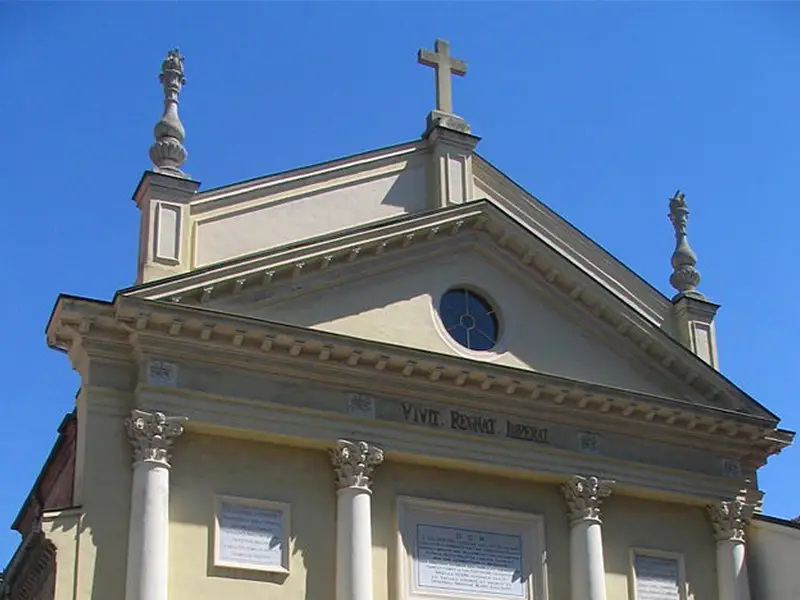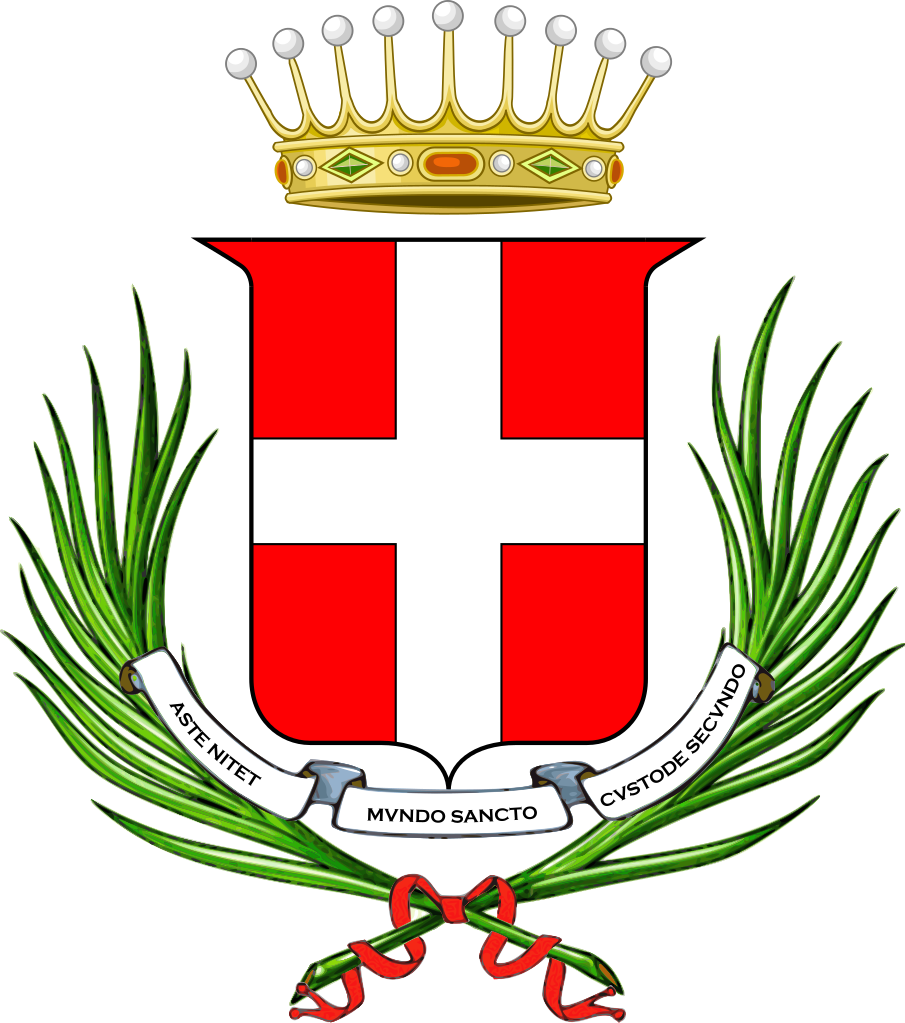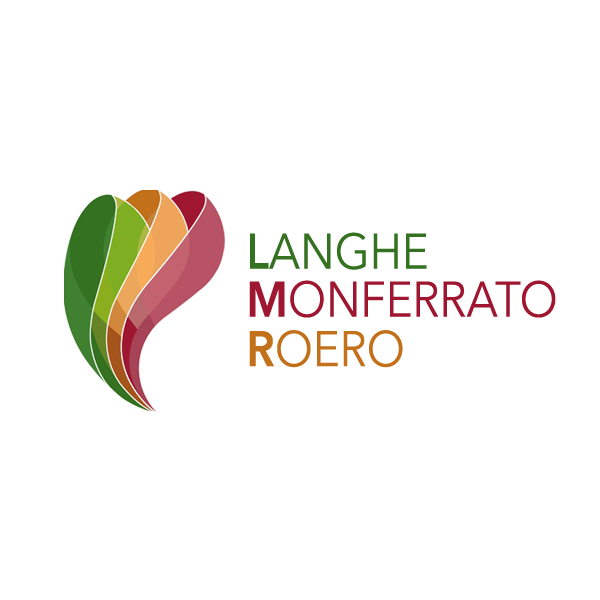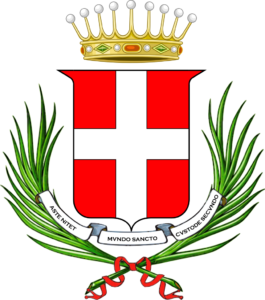Consecrated by Pope Urban II
Baroque style building
The Origins
Named after Pope Saint Sylvester, the church located in the district of the same name was built in the sixteenth century, on the remains of a Romanesque church from the year 1000. Over the centuries, it underwent numerous renovations, the most important in the eighteenth century. Thanks to the contributions of the bishop of Asti Innocenzo Milliavacca, it was in fact renovated in an important way and equipped with masonry vaults. However, its present appearance was obtained thanks to the reconstruction that took place in the following century, when it was redesigned by the surveyor Rostagno.
The Neoclassical Facade
The facade has neoclassical lines, with a triangular tympanum supported by two columns. Two niches on the sides of the central door house the statues of San Silvestro (Saint Silvester) and San Giuseppe (Saint Joseph).
The Baroque Interior
The interior has a single nave and a barrel ceiling. The frescoes of Sant'Agostino that can be admired in the apse, by Maurizio Novelli, follow those made by Gian Carlo Aliberti for the destroyed church of Sant'Agostino, which was located in Via XX Settembre, in the Rione San Paolo. In the side chapels the artistic works are by the Asti painter Michelangelo Pittatore and depict Santa Zita, San Francesco di Paola and the Madonna con gli Angeli.









